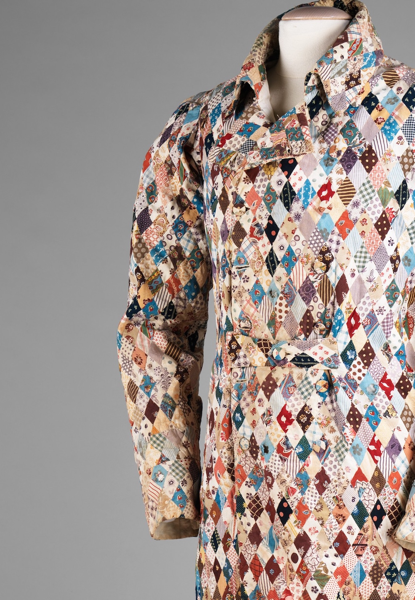
| ||||||
| Level 300 | ||||||
| ||||||
| Level 400 | ||||||
|
| ||||||
| History of Art | ||||||
| LS&A | ||||||
| University of Michigan | ||||||
| Back to the list of courses |
Special Topics in the Humanities: Textiles in Art and Everyday Life in Europe, 1650-1900

This course will train students in art historical and material culture approaches for interpreting what textiles can reveal about the past. Our focus will be on the production and use of textiles intended as both fine art and everyday objects in Europe during the seventeenth through the nineteenth centuries, when global trade and industrialization became significant factors shaping how textiles were produced, how they looked, and how they were used. We will examine how textiles have functioned as both a medium and a metaphor; that is, how artisans and artists, noble patrons, and ordinary people have used textiles as a means of articulating key contemporary issues and ideas. Many of the authors we will read also model in their analyses how we as scholars might use textiles to inspire new ways of thinking. You will have the opportunity to learn from practical experience with textiles by observing demonstrations by practitioners in the fiber arts and examining artifacts in local museum collections. As a final project, you will learn to curate your own digital exhibition on textiles.
In this course, you will gain an understanding of:
Textbooks/Other Materials: All materials will be available on Canvas and in the Fine Arts Library
Intended Audience: Undergraduate students in art history as well as any students interested in the histories of science and technology, trade, fashion, design, business, and consumerism.
Class Format: Two 120-minute weekly meetings will include lectures, discussion of readings, student presentations, and small group activities. Several meetings will take place outside the classroom, at various sites around campus.
Estimated Cost of Materials: $0-$50
HISTART Distribution Requirements: D. Europe and the US, 3. Early Modern, 4. Modern and Contemporary